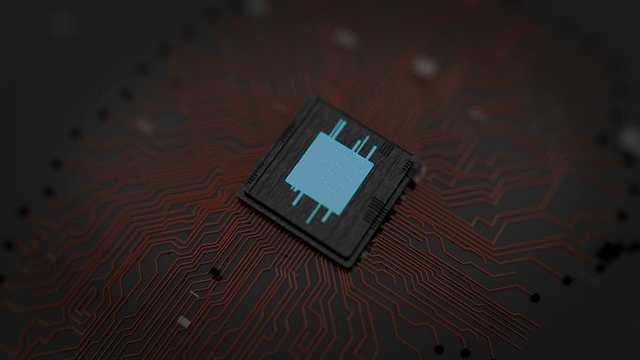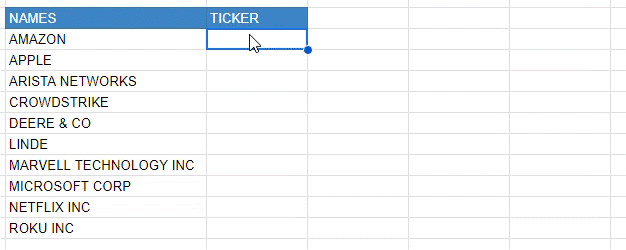
User: What is unusual about this image?
GPT4: The unusual thing about this image is that a man is ironing clothes with an ironing board attached to the roof of a moving taxi.
Writing this month in The Atlantic on how difficult it is to evaluate the importance of generative artificial intelligence (AI), Derek Thompson drew a parallel with the invention of the steam engine, which turned out to be “more than just a water pump. It was a lever for detaching economic growth from population growth.” This is not to say that AI is as important as the steam engine. But it’s too early to say it isn’t.
There are so many applications, not all of them new. Composing musical scores is one. It can predict protein structure (important for drug research), produce personalised and illustrated childrens’ books, write marketing material for realtors to sell properties, generate computer code and do literally millions more jobs in seconds, not days or even hours. Even if the finished product isn’t quite up to the quality produced by a real person, the scale of production far outweighs the qualitative shortcomings, even before the machine is taught how to do it better.
Loftus Peak investors will be aware that the portfolios we manage have significant exposures to companies such as Nvidia and Advanced Micro Devices (AMD), as well as Arista Networks, Microsoft, Alphabet and Amazon. These companies create the tools on which AI runs, as well as enabling the applications to produce finished work.
Discriminative AI vs. Generative AI
Microsoft/OpenAI’s ChatGPT (GPT stands for generative pre-trained transformer) is an AI chatbox application which draws on the GPT large language model. Generative AI is different to discriminative AI, the kind that auto-corrects spelling or filters spam, and which is what most of us have come across to date.
Earlier this week, an analyst here was pleased to see a Google sheet program auto-populate a report with the correct stock codes from the company names – a small, but valuable task, and not one that was requested (see below).

Note that Smart Fill is not an LLM and is limited to use cases like this. Nevertheless, how AI is already integrated may represent a taste of what is to come.
Semiconductors are foundational to both forms of AI
Nvidia, which is integral to the most sophisticated AI, is a company in which Loftus Peak has invested, over most of the period since 2016. It makes the GPU’s (graphics processor units) that render lifelike games like Call of Duty, with the interplay between shadows and light calculated in (almost) real time. It does this by parallel processing, not really bothering the CPU (central processing unit), which turns out to be just fine because the CPU couldn’t do it in a reasonable time anyway. Parallel processing is what underpins AI, and has myriad applications aside from those that gamers love.
Jensen Huang, the CEO of Nvidia, waxed lyrical at the company’s semi-annual upskilling day, the GPU Technology Conference, held last week in San Jose. Its premier AI datacentre engine is the recently released NVIDIA DGX H100 – a monster piece of kit that packs together eight H100 GPUs, 640 GB of GPU memory and a further 2 TB of system memory. It is built for datacentres, and weighs over 130 kilograms.
Why does Loftus Peak hold these companies? As an investor in disruptive businesses, the portfolio holdings reflect what is happening in virtually all industries, including energy, retail, media, banking and transport to name a few.
And while it is too early to pick all the long term AI winners (and indeed losers, for there will be some) Loftus Peak will continue to evaluate opportunities in this fast-changing space.
There is more information about AI and investing from the team in our recent video webinar, which can be found on our website by clicking here.
Share this Post


